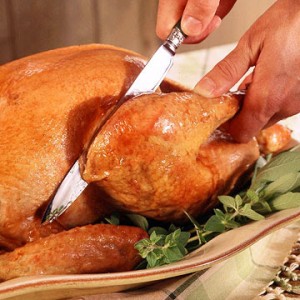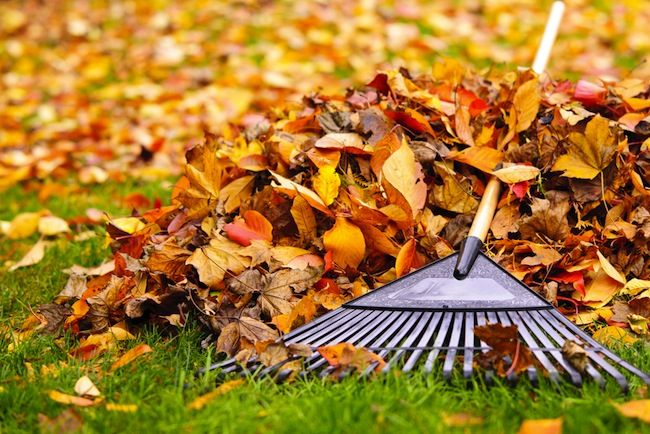In the Pacific Northwest, occasionally we get snow, but other times, we get a lot more ice and rain. In the Fall it is definitely more rainy, but in the Winter, we get cold, sometimes freezing temperatures that turn into ice and an occasional dusting of snow.
Did you know that winter slips and falls may cause serious injuries? Think about this:
Even when surfaces do not look especially icy or slippery, it is very possible that a thin sheet of transparent ice or “Black Ice” is covering your pathway putting you at risk. When you approach a footpath or roadway that appears to be covered with ice or snow, always use extreme caution. The most typical injuries are fractures and dislocations of the wrist, shoulder and ankle.
Many slips and falls happen in places people regard as safe and secure, typically outside their front door, on the door step, on the path or while getting out of the car.
If you are out walking in snow or icy conditions wear appropriate footwear, don’t walk with your hands in your pockets, walk with your hands out and wear gloves so you can break your fall if you do slip. It’s better to have a broken wrist than a cracked skull!
The Road Safety Authority has the following “Top 10 Safety Tips for Pedestrians” to help avoid the possibility of a broken bone that could easily lead to an operation and a long recovery:
1. If a journey cannot be avoided, walk on a footpath, not in the street. If there are no footpaths walk on the right hand side of the road (towards oncoming traffic). Be extremely careful as frost, ice and snow will make walking on footpaths very dangerous.
2. Remember that footpaths may not be treated so walk with extreme care; make sure you are wearing appropriate footwear and in extreme conditions consider an appropriate walking stick or walking pole.
3. Avoid walking in the streets at all costs if possible. Remember, cars and trucks slip and slide, too! If it’s an emergency, and you can’t avoid the street, wear bright or reflective clothing.
4. Visibility is reduced in snowy condition so wear high visibility clothing or carry a flashlight, or some type of reflective light gear similar to the lights that cyclists use at night.
5. Wear clothing that does not restrict your vision. Stay warm, but DO NOT impair your vision with hoodies, ski masks, scarves, hats, etc. This type of clothing could prevent you from spotting icy conditions that may lead to a fall or not enable you to see a car that is spinning out of control.
6. Snow and ice cause havoc quickly, so use extra caution when crossing roadways, and always cross at pedestrian crossings.
7. Ice can easily hide under a light dusting of snow. Just because you don’t see the ice doesn’t mean it’s not there waiting for your unsuspecting footfalls.
8. If you can’t avoid the ice and snow, bend your knees slightly and take slower, shorter steps to help reduce the chance of a slip and fall and an injury.
9. If forced to use the steps at someone’s home, apartment, or other public building, walk slow and take shorter steps when descending. The same is true of driveways and other hilly terrain; these areas can be very dangerous when they become slippery with ice or snow. Steps especially can be hard to clear and build up ice easily.
10. Be aware of overhead hazards! Falling icicles and chunks of snow pose a serious risk. In extreme cold weather icicles can build up in size very quickly and are lethal. Their size and dagger-like formation are extremely dangerous for pedestrians. Be aware of what’s happening above you, and stay clear from the edges of buildings.

 Thanksgiving is just around the corner and almost everyone is planning a big feast, strategizing for the family football rematch, watching the Macy’s Day parade and of course, NFL football on TV.
Thanksgiving is just around the corner and almost everyone is planning a big feast, strategizing for the family football rematch, watching the Macy’s Day parade and of course, NFL football on TV. 
